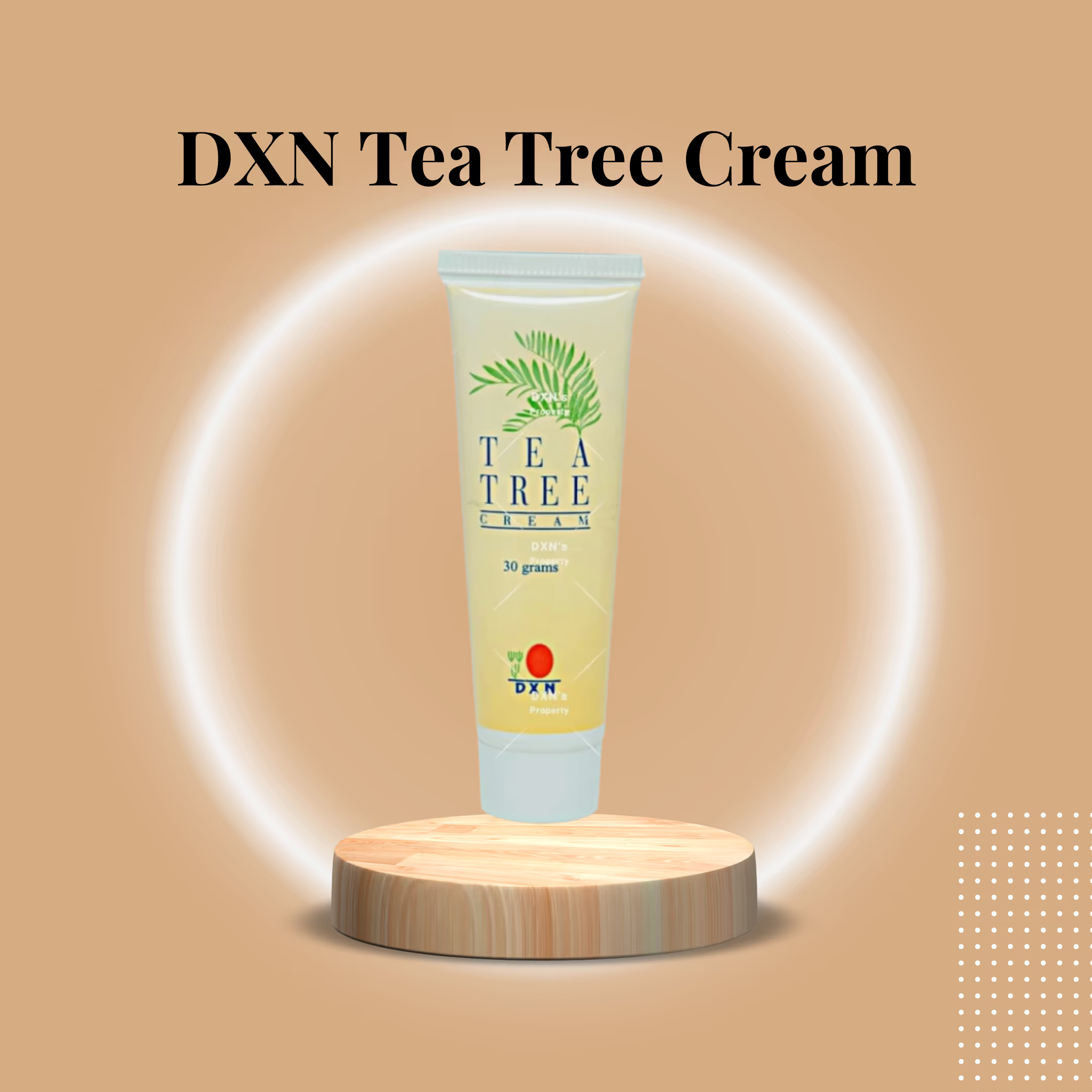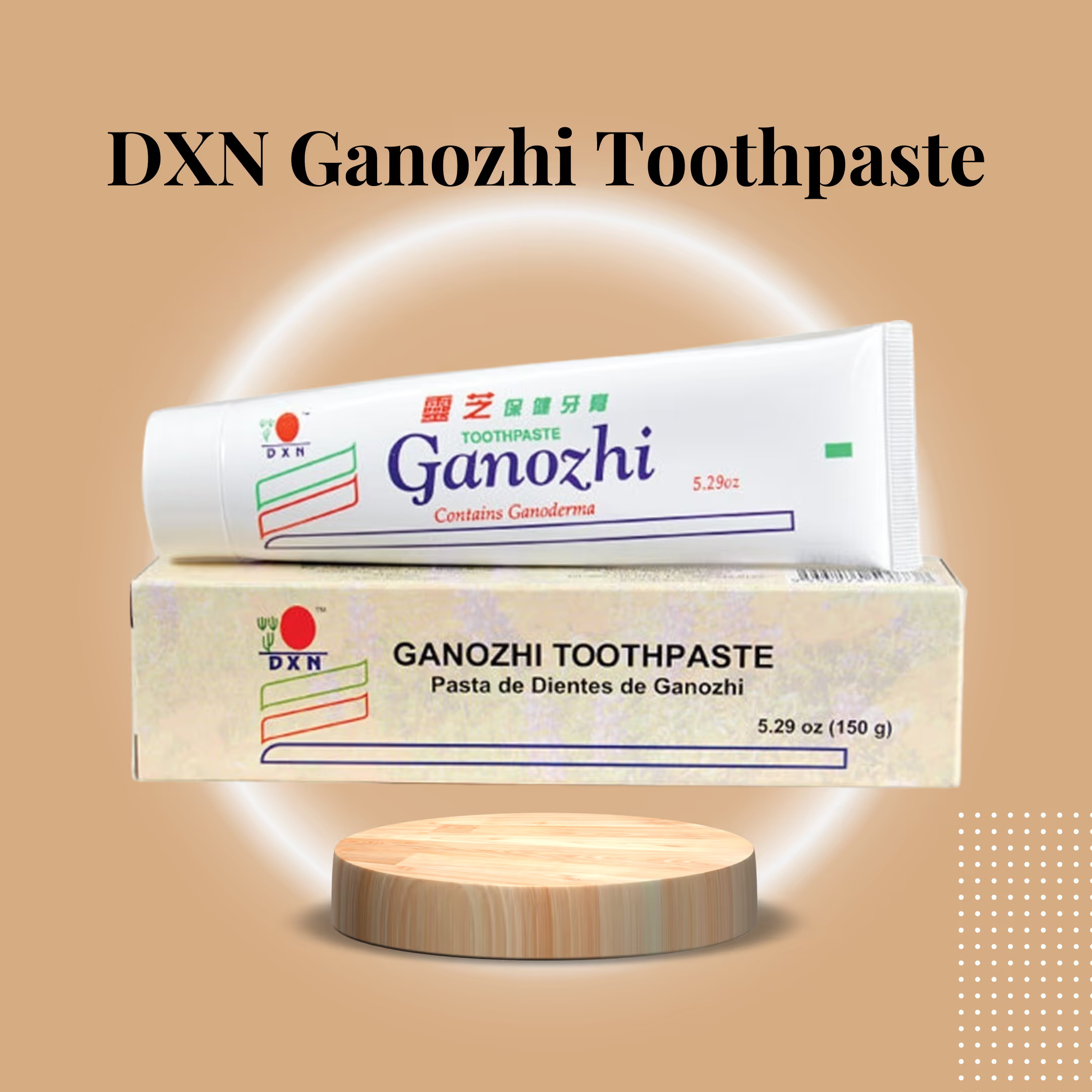1. What Roselle Is — and Why the Calyx Matters
Roselle (Hibiscus sabdariffa) is a flowering plant cultivated across tropical and subtropical regions. The part most commonly used for beverage and extract production is the calyx — the fleshy, red outer shell that surrounds the developing seed. It’s the calyx that concentrates the tart, fruity flavor and the vivid pigments known as anthocyanins, along with vitamin C and organic acids. When processed into a concentrated extract, the calyces deliver a dense, easily dosed source of the plant’s beneficial molecules.
Why concentrate? Traditional brewed hibiscus infusions vary by plant source, steep time, and preparation method, so bioactive intake can fluctuate. A standardized concentrate offers consistent dosing, making regular consumption a dependable nutritional intervention rather than a one-time herbal treat.
2. What’s in a Bottle: Nutrients and Bioactives
A high-quality Roselle concentrate offers two layers of value:
Core micronutrients
- Vitamin C (ascorbic acid): an essential antioxidant and cofactor in collagen synthesis and immune function.
- Minerals: The calyces contain minerals such as calcium, magnesium, iron, and phosphorus, each supporting structural, energetic, or circulatory roles.
Phytochemical powerhouse
- Anthocyanins: pigments like delphinidin and cyanidin derivatives with potent antioxidant and signaling properties.
- Other polyphenols and flavonoids: support cellular antioxidant defenses and modulate inflammation.
- Organic acids (citric, malic): contribute to tartness and assist digestion and renal health.
These components deliver antioxidant, anti-inflammatory, heart-friendly, and metabolism-supporting benefits.
3. Cardiovascular Benefits — What the Evidence Suggests
Among hibiscus’ most substantiated effects are improvements in blood pressure and lipid profiles. Multiple clinical trials and meta-analyses have reported meaningful reductions in systolic and diastolic blood pressure with consistent hibiscus intake, as well as improvements in cholesterol and triglyceride levels in individuals with elevated markers.
How Roselle affects vascular health — key mechanisms
ACE-like inhibition: Research shows that anthocyanins from hibiscus can inhibit Angiotensin-Converting Enzyme (ACE) activity. ACE inhibitors are a widely used class of blood pressure medications; while Roselle is not a medication, its ACE-modulatory activity explains part of the observed blood pressure-lowering effect. For individuals taking prescribed blood-pressure medications, this overlap means that the combined effects could be additive — an important safety consideration.
Improved endothelial function: Healthy blood vessels respond to nitric oxide (NO), a molecule that relaxes smooth muscle and widens vessels. Roselle’s anthocyanins appear to stimulate nitric oxide synthase in endothelial cells, improving NO availability and therefore vessel flexibility. Better endothelial responsiveness is a central way to reduce cardiovascular risk over time.
Anti-inflammatory and antioxidant gene activation: Hibiscus bioactives activate cellular pathways like Nrf2, the master regulator of the body’s antioxidant and detox systems. Activating Nrf2 increases the expression of endogenous antioxidant enzymes (think superoxide dismutase and glutathione-related pathways), which lessens oxidative damage to vessel walls and reduces the chronic inflammation linked to atherosclerosis.
Lipid modulation: Some studies report reductions in LDL cholesterol and triglycerides, as well as increases in HDL, following regular hibiscus intake — likely a combined effect of improved liver lipid handling, reduced oxidative modification of lipids, and reduced inflammatory signaling.
Clinical context and practical expectations
- Magnitude of effect: expect modest-but-meaningful reductions in blood pressure (several mmHg on average in trials), with larger, more reliable effects in individuals with elevated baseline blood pressure.
- Timeframe: benefits generally become apparent with consistent use over weeks to months. The effect wanes if consumption stops.
- Use alongside medical care: if you take antihypertensives, consult a clinician before regular hibiscus supplementation to avoid excessive blood pressure lowering.
4. Skin & Collagen — building and protecting the dermis
Roselle supports healthy skin by helping to build collagen and protecting it from damage — two key factors for skin vitality.
Vitamin C — the collagen factory cofactor
Vitamin C is essential for the enzymatic reactions that properly form mature collagen fibers. It helps the enzymes that hydroxylate proline and lysine, enabling the formation of the triple-helix structure that makes collagen strong and resilient. Adequate vitamin C intake is therefore fundamental for maintaining skin firmness and reducing fine lines over time.
Anthocyanins — guard against breakdown
Roselle’s anthocyanins help prevent collagen degradation by:
- scavenging reactive oxygen species generated by UV exposure and metabolism,
- initiating cellular signaling (Nrf2) that increases endogenous antioxidant defenses, and
- reducing AGE formation (advanced glycation end-products), which stiffen collagen and accelerate sagging.
Practical outcomes
Regular Roselle intake may help:
- preserve skin elasticity and moisture,
- reduce redness and inflammation associated with environmental stressors,
- protect the skin matrix from both UV-related photoaging and metabolic glycation when combined with a balanced diet and sun protection.
5. Digestive and Metabolic Support
Roselle offers multi-faceted support for digestion and metabolic balance:
- Natural organic acids (citric, malic) and magnesium in the calyces can mildly stimulate digestive secretions and improve motility. That’s why people sometimes report reduced bloating and improved bowel regularity.
- Post-meal metabolic support: Some evidence suggests hibiscus flavonoids can help modulate post-prandial lipid absorption and blood sugar responses, making a small post-meal glass of Roselle potentially useful in metabolic management.
- Gut microbiome: while research is still emerging, polyphenol-rich botanicals generally contribute to a healthier gut microbial profile by feeding beneficial bacteria.
6. Immune support and antibacterial actions
Vitamin C, anthocyanins, and polyphenols work together in Roselle to support immune defense, reduce inflammation, and enhance resistance to daily stressors.
- Vitamin C supports phagocyte function and collagen, helping barrier defense.
- Polyphenols exhibit anti-inflammatory and modest antimicrobial effects in laboratory studies, suggesting potential supportive roles in urinary and gastrointestinal health.
- Systemic anti-inflammatory effects reduce chronic low-grade inflammation that can impair immune responsiveness.
Important: Roselle supports the immune system in everyday ways but is not a treatment for infections. For active illnesses, follow medical advice.
7. Dosage, preparation, and culinary flexibility
Typical dosing
A concentrated Roselle extract is commonly recommended at 2–3 tablespoons per glass of water as a standard starting dose. Because concentrates vary in strength, follow the product instructions and adjust the taste and potency to suit your needs.
Preparation ideas
- Classic drink: 2 tablespoons concentrate + 250–350ml cold water, stir, and serve over ice.
- Iced spritzer: dilute the concentrate in sparkling water for a refreshing, low-calorie fizzy drink.
- Post-meal sip: 1–2 tbsp in 150–200 ml water as a digestive-support ritual after dinner.
- Smoothie booster: Add 1 tablespoon to fruit or green smoothies for an antioxidant boost.
- Culinary uses: transform into syrups for mocktails, jellies, or to glaze desserts — a creative way to increase intake without boredom.
Storage and handling
Concentrate is often preservative-free. Store refrigerated after opening. Shake before use and follow the label’s shelf-life guidance.
8. Safety and interactions — what to watch out for
Roselle is generally safe for healthy adults, but keep several important points in mind:
Blood pressure and medication interactions
Because Roselle can lower blood pressure, people taking antihypertensives (ACE inhibitors, ARBs, diuretics) should discuss its use with their prescribing clinician. Additive effects may cause blood pressure to fall too low.
Pregnancy, breastfeeding, and children
High-dose extracts are not well-studied in pregnancy and lactation. Pregnant or breastfeeding individuals should consult their healthcare provider before regular supplementation.
Kidney stones and citrates
Roselle contains citric acid, which increases urinary citrate and may be protective against certain types of kidney stones. However, individuals with specific renal conditions should consult a healthcare professional.
Allergies and tolerability
Allergic reactions to hibiscus are rare, but gastrointestinal sensitivity can occur; start with a small dose if you are unsure.
Dental health
The acidity of roselle beverages can potentially erode dental enamel over time. Avoid constant sipping for long durations and rinse with plain water after drinking.
9. How Roselle compares to similar functional drinks
- Vs plain lemon water: Roselle delivers concentrated polyphenols and anthocyanins in addition to vitamin C, offering antioxidant and vascular effects beyond citrus alone.
- Vs green tea: Hibiscus is caffeine-free (unless blended) and focuses more on vascular and collagen-related outcomes compared to green tea’s catechin-centered benefits.
- Vs commercial juices: high-quality Roselle concentrate is typically lower in added sugars than many fruit juices and delivers unique anthocyanin profiles not found in most common juices.
10. Putting it into a lifestyle: a 90-day plan for measurable change
If you want to test Roselle’s effects on blood pressure or skin changes, consistency is crucial. Here's a practical approach:
Week 0 — Baseline
- Record resting blood pressure (twice daily for a week) and take clear photos of facial skin under similar lighting. Note digestion and energy patterns.
Weeks 1–4 — Initiate
- Consume 1 glass (2 tablespoons of concentrate) daily, after breakfast or dinner. Note taste and any immediate digestive changes.
Weeks 5–8 — Assess
- Re-measure blood pressure weekly. Note any pattern changes in energy, sleep, digestion, and skin texture.
Weeks 9–12 — Optimize
- If you tolerate well and want stronger effects, increase to 2 servings per day (morning + after dinner), while monitoring blood pressure and clinical symptoms.
After 90 days — Evaluate
- Compare blood pressure averages, skin photos, and subjective logs of energy and digestion. Consult your healthcare provider to interpret any changes and consider the ongoing use of this medication.
.avif)





